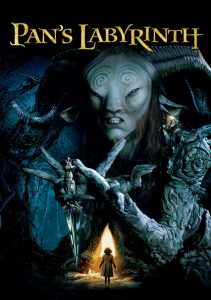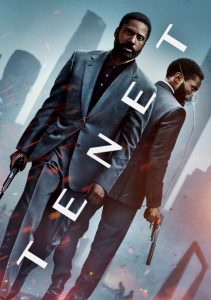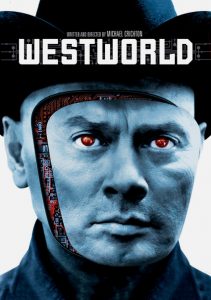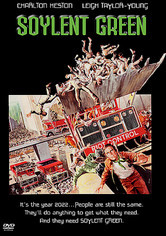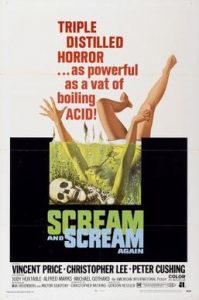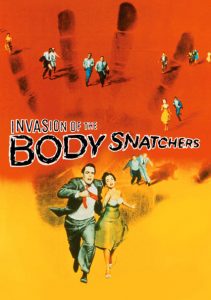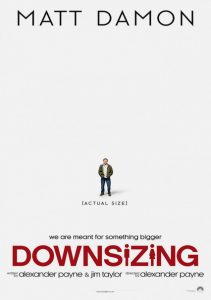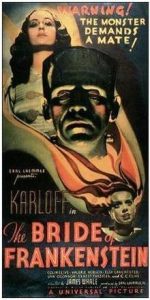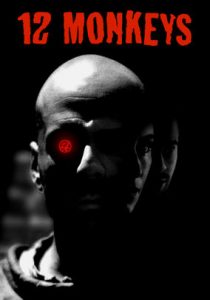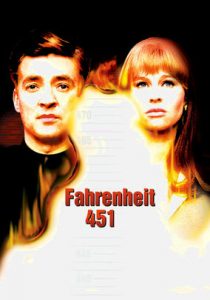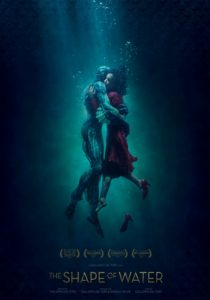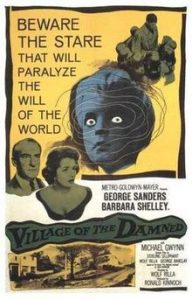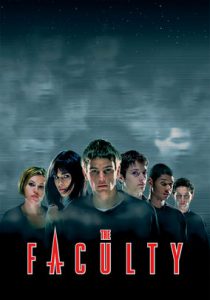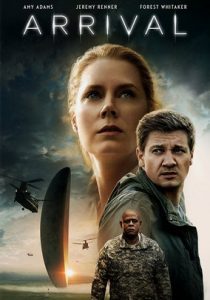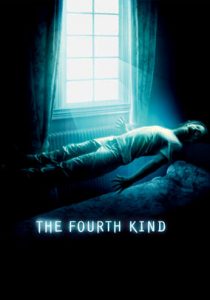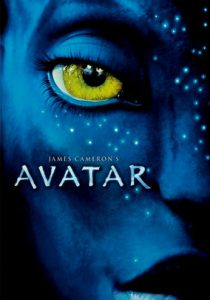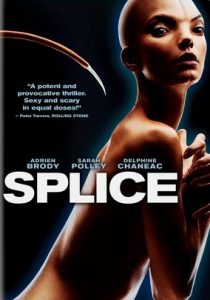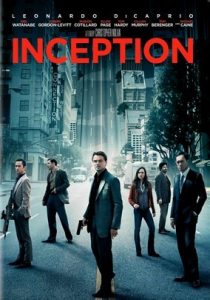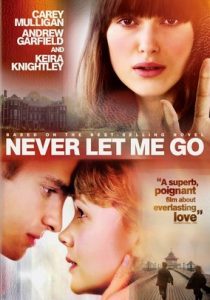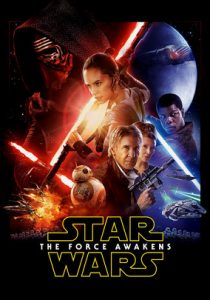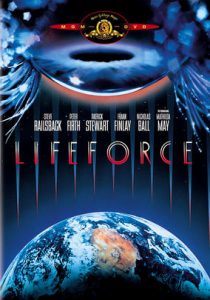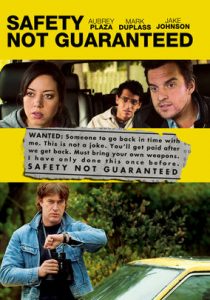Pan’s Labyrinth-2006
Director Guillermo del Toro
Starring Ivana Baquero, Sergi López
Scott’s Review #1,156
Reviewed June 25, 2021
Grade: A
Pan’s Labyrinth (2006) is a treasure of a film. I would classify it as a masterpiece for creativity alone.
It is not for children!
The fact that it has some fantasy trimmings and tells its story from a child’s perspective is misleading. The film deals with some heady and heavy stuff that will both frighten and be lost on the younger crowd.
A clue is that Guillermo del Toro directs the film, he of well-known note for creating films such as Hell Boy (2004), Hell Boy II: The Golden Army (2008), and The Shape of Water (2017) the latter winning the coveted Best Picture Oscar Award.
I adore that Pan’s Labyrinth is Spanish-Mexican. Somehow that makes the experience a bit mysterious and exotic right off the bat.
The frightening period of 1944, directly post World War II is also key to the good story since war and mayhem are themes.
The main character, Ofelia, meets several strange and magical creatures who become central to her story, leading her through the trials of the old labyrinth garden.
Young Ofelia (Ivana Baquero) and her pregnant and sick mother Carmen (Ariadna Gil) arrive at the post of her mother’s new husband (Sergi López), a sadistic army officer who is trying to prevent a guerrilla uprising.
Lonely and feeling lost, Ofelia explores an ancient maze, encountering the faun Pan, who tells her that she is a legendary lost princess and must complete three dangerous tasks to claim immortality.
She is completely and utterly spellbound and intrigued all at once. Finally, she can escape the ravages of real life and immerse herself in a fantasy world all her own. She hates her stepfather, worries for her mother, and can’t wait to traverse her new world. If only life were that simple.
In a fairy tale, Princess Moanna, who Ofelia becomes, visits the human world, where the sunlight blinds her and erases her memory. She becomes mortal and eventually dies. The king believes that eventually, her spirit will return to the underworld, so he builds labyrinths, which act as portals, around the world in preparation for her return.
Enter Ofelia.
About that creativity, I mentioned earlier. Pan’s Labyrinth is Alice in Wonderland for adults, taking some similar points and adding the horrors of both reality and fantasy blended into an extraordinary, spellbinding fable.
The darkness of the forest is the best and most memorable part.
The art direction is astonishing to see. Bewildering forest trimmings and haunting lighting make their appearance as Ofelia immerses herself in her new world. The viewer sees her new world through her eyes, that is through the eyes of a child.
So authentic are the sets and ruins that it is impossible not to be thrust full-throttle into the fantasy sequences.
The story can be downright horrifying at times. Carmen eventually dies and Ofelia is taken under the wing of Mercedes (Maribel Verdú), Ofelia’s stepfather’s housekeeper, and also a revolutionary harboring dangerous secrets.
Ofelia and Mercedes team up to save Ofelia’s baby brother from the hands of the dastardly.
The strange fantasy world may confuse some viewers. It’s simply not the imagination of Ofelia (or is it?) because Vidal, Mercedes, and the baby all play a part in the eerie labyrinth.
Guillermo del Toro creates a world so imaginative and magnificent that we see this world through the eyes of a child but also the clear glasses of the adults.
Scenes of torture mix with scenes of innocence so well that it is impossible not to be transported to a magical world where reality often disrupts the pleasurable fairy tale.
Pan’s Labyrinth (2008) is a visionary film and must be experienced to be believed.
Oscar Nominations: 3 wins-Best Original Screenplay, Best Foreign Language Film, Best Art Direction (won), Best Cinematography (won), Best Makeup (won), Best Original Score
